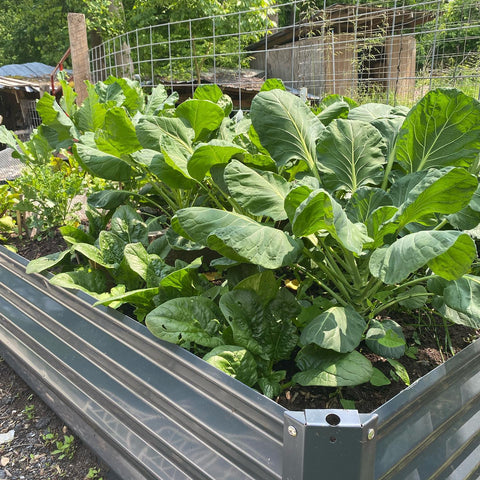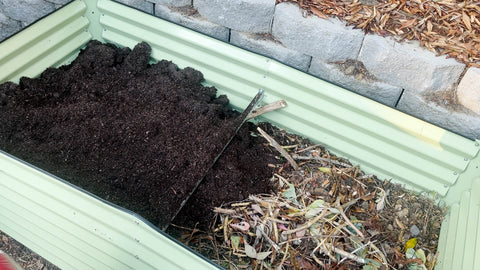When you want to fill a garden bed nearby inexpensively, the following steps and suggestions can help you easily achieve your goal. A garden bed is an ideal option that allows you to create a beautiful garden in a limited space without spending too much money.

Step 1: Site selection and planning
First, choose a sunny, well-drained location to build your garden bed. Make sure there are no tall buildings or trees nearby that will block the sun. Also, plan the size and shape of your garden bed to make better use of the available space.
Step two: Gather materials
The surrounding environment may provide many cheap or free filling materials, such as:
Falling leaves: Fall is the season for falling leaves, which you can collect in a nearby park or street, and then accumulate them in garden beds to act as heat and moisture.
Wood chips: If you have a wood mill or woodworking workshop near you, they may offer free or low-cost wood chips, which are a quality filler material.
Food waste: Composting food waste and then adding it to garden beds can provide nutrients to the soil.
Step three: Soil improvement
Buy or obtain cheap compost or humus from a nearby farm and mix it into your garden bed to improve the quality and fertility of the soil. This can help plants grow better and reduce the cost of filling the soil.

Step 4: Wood selection
Choose an affordable wood for the frame of your garden bed. You can consider using recycled wood, pallets, or discarded planks. These materials can be found at nearby construction sites, waste recycling stations, or online marketplaces.
Step 5: Plant bed boundaries
To create an aesthetically pleasing boundary for the garden bed, a variety of materials can be used, such as stones, bricks, bamboo, etc. This not only increases the visual appeal of the garden, but also prevents soil loss.
Step 6: Make your own filling soil
Making your own fill soil can save costs. You can mix yard soil, leaf litter, compost, and sand to create soil suitable for plant growth. This homemade soil is often more affordable than store-filled soil.

Step 7: Grow plants
Choose plants that are suitable for the local climate and soil conditions to ensure that they can grow smoothly. When buying seeds or seedlings, look for lower-priced options at nearby garden centers or farmers markets.
Step 8: Water and irrigation
Use low cost irrigation methods such as rain barrels and drip irrigation systems to reduce water consumption and water bills. This method also helps to conserve water and keep plants growing healthily.
Step 9: Fertilizer and maintenance
Use homemade organic fertilizers, such as compost and kitchen waste compost, to provide plants with the nutrients they need. Weed and loosen the soil regularly to ensure that the garden bed maintains a good growing environment.

Step 10: Community resources
Join a local community gardening group or online forum to share experiences and resources with other growers. These communities may provide free or cheap plants, seeds, or soil to help you save money.
With these steps above, you can cheaply fill a garden bed nearby, creating a beautiful garden space while also contributing to environmentally friendly and sustainable growing. Remember to share your experience with others and encourage more people to join this low-cost planting journey!









